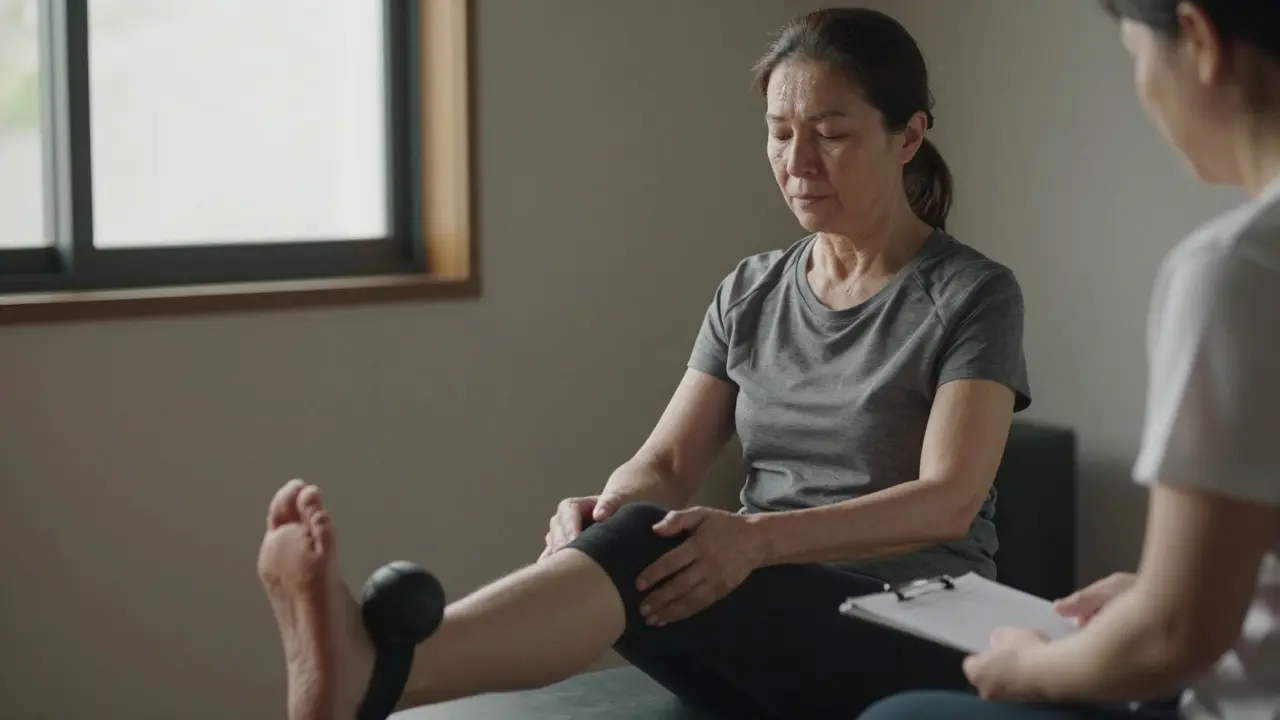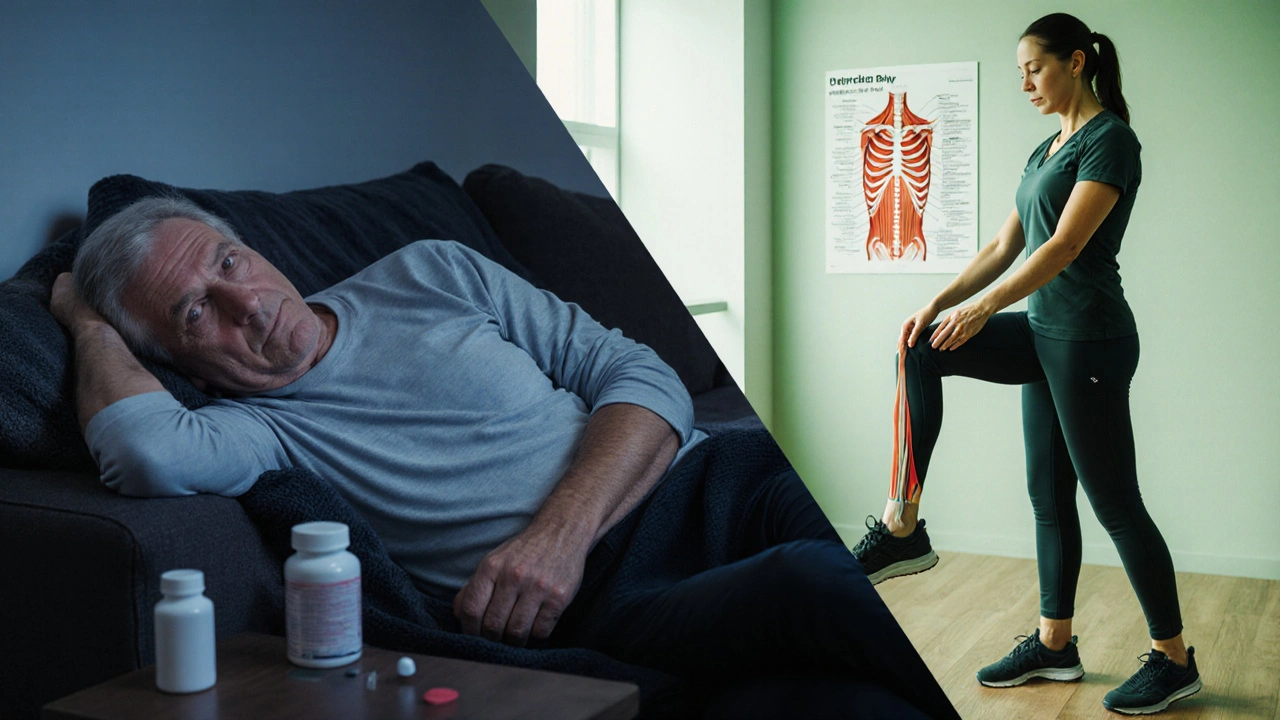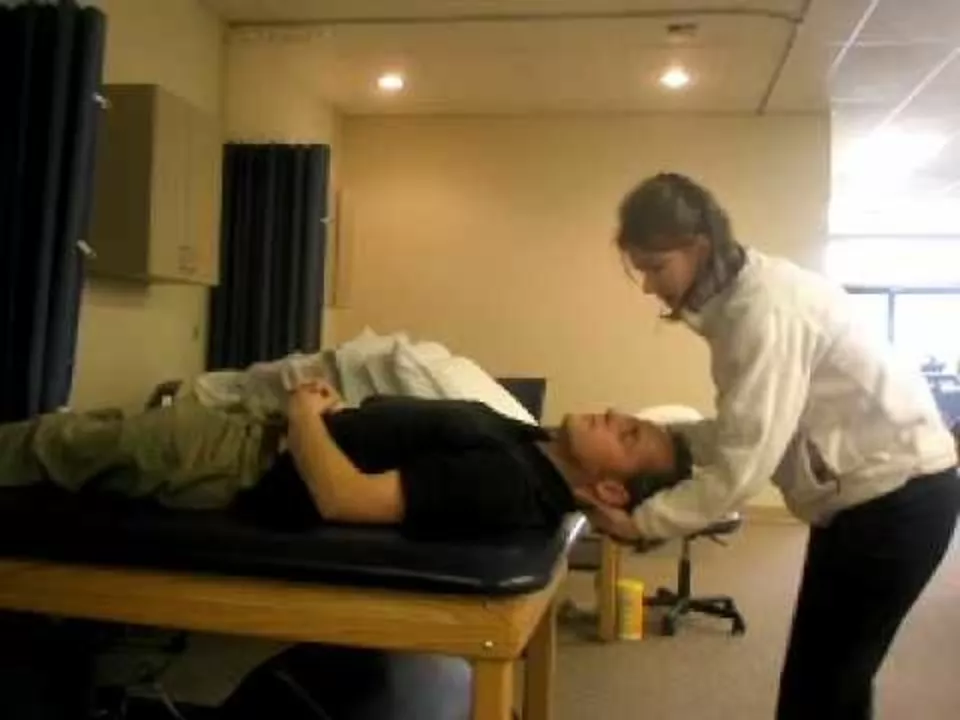Physical Therapy Basics: Quick Guide for Better Recovery
Feeling sore after an injury or stuck with limited movement? Physical therapy (PT) is the hands‑on approach that helps your body heal, move easier, and stay pain‑free. It’s not just for athletes; anyone dealing with aches, post‑surgery rehab, or chronic conditions can benefit.
How Physical Therapy Works
A PT session starts with a quick chat to understand your goals and what’s hurting you. The therapist then checks how you move – think of it as a friendly “how’s your body doing?” test. Based on that, they create a plan that mixes manual therapy (hands‑on work), targeted exercises, and maybe some equipment like resistance bands or balance boards.
Each visit is short and focused: you’ll do guided movements, get feedback on posture, and learn tricks to protect the area you’re working on. The idea is to teach your muscles and joints how to function correctly so you don’t rely forever on meds or surgery.
Tips to Maximize Your Sessions
Show up on time and wear comfortable clothes that let you move freely – gym shorts and a t‑shirt work great. Bring any previous medical reports, imaging, or a list of medications; the more info your therapist has, the better they can tailor the plan.
Ask questions! If a stretch feels too intense or you’re unsure about a movement, speak up. PT is a partnership – the therapist guides you, but you tell them what feels right. After each session, you’ll usually get a short home‑exercise sheet. Doing those drills daily (even just 10 minutes) speeds up results dramatically. Set reminders on your phone, and treat the exercises like any other important appointment.
Stay hydrated and give your body enough rest between workouts. Overdoing it can set you back, so listen to soreness versus sharp pain – the former is normal, the latter isn’t. If cost worries you, check if your insurance covers PT; many plans allow a certain number of visits per year. If coverage is limited, ask the therapist about group classes or shorter “maintenance” sessions that keep you on track without breaking the bank.
Physical therapy can also help with everyday issues like back pain from long hours at a desk, knee discomfort after a hike, or shoulder stiffness from carrying groceries. The key is to start early – the sooner you address an issue, the less likely it becomes chronic.
Remember, progress isn’t always linear. Some weeks you’ll feel stronger; other weeks you might hit a plateau. That’s normal. Keep logging your workouts and note improvements – even small gains add up over time. In short, physical therapy is a practical toolkit for moving better, feeling less pain, and getting back to the activities you love. Give it a try, stay consistent, and watch your body thank you.

Physical Therapy for Joint Disorders: Range of Motion and Strengthening Protocols
Physical therapy for joint disorders uses targeted range of motion and strengthening exercises to reduce pain, improve mobility, and delay surgery. Evidence shows it works better than medication alone for many conditions.
read more
How Physical Therapy Helps Treat Skeletal Muscle Conditions
Discover how physical therapy accelerates recovery from muscle strains, tears, and chronic pain, with evidence‑backed techniques and practical tips for optimal results.
read more
How Physical Therapy Can Help Vertigo Sufferers
As a vertigo sufferer myself, I've found physical therapy to be incredibly helpful in managing my symptoms. Through specialized exercises, my therapist has helped me improve my balance and reduce dizziness. These exercises, often called vestibular rehabilitation, directly target the vestibular system, which plays a significant role in our sense of balance. With consistent physical therapy, I've noticed a significant improvement in my day-to-day life, allowing me to feel more confident and secure in my movements. I strongly recommend vertigo sufferers to consider physical therapy as a valuable treatment option.
read more
